Japan is a country serious about its Kit Kat candy bars, treating them with the respect of gourmet chocolate and putting them on top of pizza. Now the Japanese fast food chain First Kitchen has brought the world its first Kit Kat sandwich, so we of course had to try what seemed like a delicious idea. Click below for our review of the dessert and why our Kit Kat taster compared it to a bad date
Posted by Scott R Dixon
If you haven’t been in a Japanese post office lately, you might not have heard of the annual Regional Form Cards postcard series. Since 2009, there has been a new set every year that depicts every one of Japan’s 47 prefectures through postcards shaped like a local food, landmark or well-known citizen.
The seventh edition of the series is going to launch this week, so you might want to get yourself a pen pal or two from Japan to send you some of the cool postcards that show what makes every prefecture famous!
We all have our favorite foods, but have you ever thought about what you would choose to eat if you knew that would be your last meal? Would you want an exotic delicacy or would you rather have a familiar taste before you shuffle off this mortal coil?
A Japanese website recently polled a group of women to ask them what they would order for their last meal and we’ve got the results below the break.
The frozen food section at the local convenience store may not hold any lofty culinary treasures, but it does hold the key to saving time and energy after a long day. All around the world, people value frozen foods for their convenience and, sometimes, their deliciousness.
But can you really trust the picture on the front of the package to be what comes out of the microwave? One Thai netizen went on a quest to demystify the frozen food section of Thailand’s 7-Elevens and posted photos of 24 heated up meals to see how they compared to people’s expectations.
The Lunar New Year is China’s biggest holiday and the time when most of the country travels back home in impressive numbers, prays for luck and of course spends some quality time with family who remind their adult children why they’re failing at life. And the Spring Festival, as it’s commonly called, can be an exceptionally annoying time for single 20- and 30-somethings whose more traditional parents gripe constantly about the lack of a significant other and the every-decreasing hope of a grandchild. A Chinese comedy group put out a video recently that offers single woman a solution to this headache—a company that rents out boyfriends to impress your parents and get them off your case until the next New Year holiday.
February: the time when most of us in the northern hemisphere look at the calendar in despair as spring takes its sweet time to arrive. It’s also the perfect month to get away to a warmer locale, soak up some sun and recharge yourself to be able to get through the last (hopefully) weeks of winter.
But instead of packing a swimsuit and sunscreen for that trip to the beach, our beloved reporter Mr. Sato instead decided to fully embrace winter and booked a stay at an ice hotel in Hokkaido for a vacation he’ll never forget or let (it) go.
The legendary anime director Hayao Miyazaki and the Studio Ghibli films have amassed a huge following from an incredibly diverse and very loyal fan base (some more than others) around the world. Famed Italian jazz pianist Giovanni Mirabassi is one such fan and tapped into his inner Miyazaki fanboy to release an album last week featuring jazz covers of 10 popular songs from Studio Ghibli films as well as other classic Japanese anime like Cowboy Bebop and Lupin III. The album, named after the French title of Laputa: Castle in the Sky, is Mirabassi’s homage to Japanese anime and a beautiful take on the iconic songs.
With famously low crime rates and an honest society that returns wallets full of cash, Japanese cops usually have it a bit easier than their overseas counterparts. But while they may have some extra time on their hands, Japanese police officers still are put in the line of danger catching the bad guys and keeping Japan safe.
One cop in Saitama Prefecture was reminded of this reality when he was got banged up pretty badly and broke his expensive Rolex watch a couple of years ago while pursuing a man suspected of exposing himself to a young girl. This cop shocked his colleagues and the public last week when Japanese media reported that, after arresting the suspect, the police officer took the man to court and sued for him for damages including more than 700,000 yen (US$5,949) to repair the watch!
Despite Japan’s modern image as a country obsessed with the latest technologic advances and all things robotic, age-old Japanese methods and traditions are still highly valued, such as carpenters who use traditional joint-making techniques to fasten together pieces of wood without nails or screws. A video demonstrating this unique part of traditional Japanese carpentry has been making the rounds on the Internet lately with netizens amazed, and oddly mesmerized, by the almost hypnotic way these carpenters perfectly connect enormous pieces of wood.
Between the futuristic Blade Runner-esque toilets and the slightly terrifying (but healthier for you) traditional squatters, Japanese restrooms can be a bit intimidating for a first-time user. And even for those who have lived in Japan for a while, using a public toilet can still be a daunting task. So to better understand restroom woes for those coming from overseas, Japanese toilet manufacturer Toto recently surveyed 600 foreigners living in Japan about toilets in the country and what confuses them most.
For those living outside Japan, a good bowl of ramen is almost impossible to find unless you’re in a big city like New York or London, and even then the options can be a bit of a let-down. And for many, the only ramen available is the dried variety that frankly has made some of our Japanese culinary experts gag.
But all is not lost, dear ramen lovers around the world. We’ve found a kitchen hack to turn ordinary everyday pasta into noodles fit for a delicious bowl of homemade ramen.
The Showa period (1926-1989) was a time of immense change for Japan when the country went from being an imperial power to a poverty-stricken post-war nation and then becoming an economic powerhouse that dominated automotive and electronic industries around the world. Twenty-seven years since that era ended and the current Heisei era began, fond memories of “Showa Japan” still flood many Japanese minds.
But a recent online poll asked netizens to take off their rose-tinted glasses and consider the aspects of daily Showa-period life that, while seeming completely normal back then, would be unthinkable now. Join us after the jump for a look at the slightly grim feedback.
In today’s globalized economy, it’s perfectly normal to be wearing shoes made in Malaysia, listening to an American pop star on a Korean smartphone while driving a German car fitted with Japanese tires. But how many times have you taken a good look to find out where those new jeans or those headphones you got for Christmas were really made?
Recently Japanese consumers have been discovering that some of their products are from “P.R.C.,” a country they had never heard of, and would like some answers on what appears to be a legal gray zone in product labeling regulations.
While the Hakone Turnpike is usually enjoyed by slow-driving families catching a glimpse of the natural beauty of the area’s mountainous landscape, some Japanese drifting enthusiasts last month turned a portion of the public toll road into a white-knuckle race to the top.
Shutting down the two-lane road, the drivers zoomed through the windy (and thankfully empty) roads, reaching speeds that would land normal citizens a pretty hefty fine. It may not be the first time a high-performance car has been seen on Japanese roads, but it’s pretty amazing that the Ministry of Transportation would approve this flashy display of speed, horsepower and roaring engines.
Long before Gwen Stefani was inspired by the Tokyo neighborhood, Harajuku’s status as the center of Japanese fashion and pop culture had been well solidified. From strange footwear to unbearably cute cuisine, a visit to Harajuku is never dull and is a must-see for any tourist coming to Tokyo.
But the crowded streets, small shops and the language barrier might be a bit daunting for a first-time visitor. So to make that trip more worthwhile, a tourist organization is opening up a bilingual information booth in the heart of Harajuku to make sure visitors get the most out of their time in the exciting neighborhood.
Imagine crowds of Japanese families donning poop-shaped plush hats and sliding into a huge toilet. No, this isn’t a scene from a dream brought on by a questionable bowl of ramen, this is just one of the many surreal exhibits from a Tokyo educational expo that organizers hoped would inspire visitors to “gain an increased appreciation of toilets.”
Nearly 20 years after the release of Final Fantasy VII, the iconic Japanese RPG is still regarded as one of the best video games ever made. And although fans may have been disappointed by the recent announcement that the game won’t be given a facelift for its PS4 debut, Final Fantasy VII lovers can wallow in their grief by an amazing video compiled from 200 original works of arts from more than 100 artists. The artwork recreates key scenes from the video game, taking viewers on a very nostalgic walk back to the many days spent on their PlayStations with Cloud and his friends.
As two of Japan’s most well-known cultural ambassadors, it’s about time that the worlds of Pikachu and Godzilla collide. And we found some fake movies posters that do just that by combining the imagery of Japanese kaiju movie monsters with six classic pokémon. Click below to see Pikachu and five of his friends destroying cities, crushing buildings and causing quite a mess.
Flying into Narita International Airport, many travelers are surprised to learn they are almost 60 km outside of Tokyo and need to take an hour train ride to get into the city. Its location in rural Chiba Prefecture was chosen in the 1960s when the government realized the smaller Haneda airport could not keep up with the booming postwar air traffic in and out of Tokyo. Many locals protested the new airport that bulldozed over their formerly quiet lives and the bitter fight left the area with some very odd landmarks, such as a heavily secured and monitored shrine that sits almost directly in front of one of the runways.

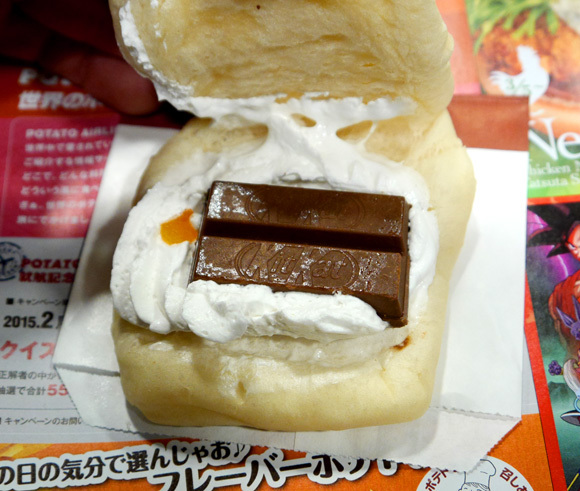
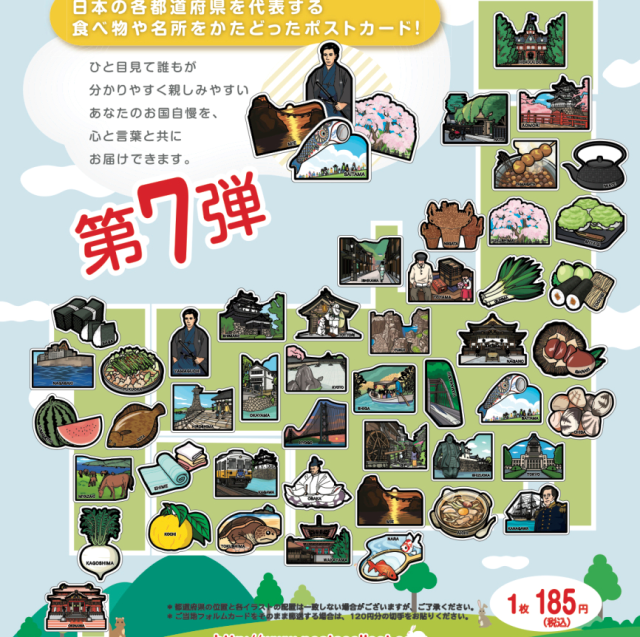
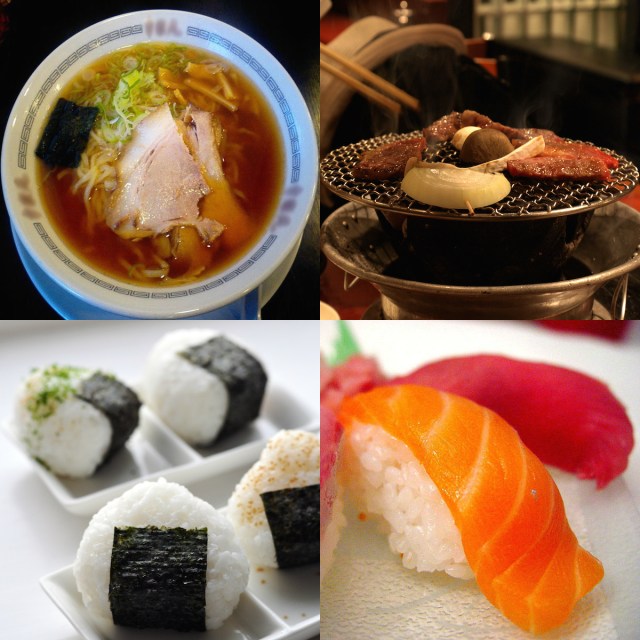
![The defrosted reality of 24 frozen meals at Thai 7-Elevens [Photos] The defrosted reality of 24 frozen meals at Thai 7-Elevens [Photos]](https://soranews24.com/wp-content/uploads/sites/3/2015/03/2015-03-07-thai-711-14.jpg?w=640)

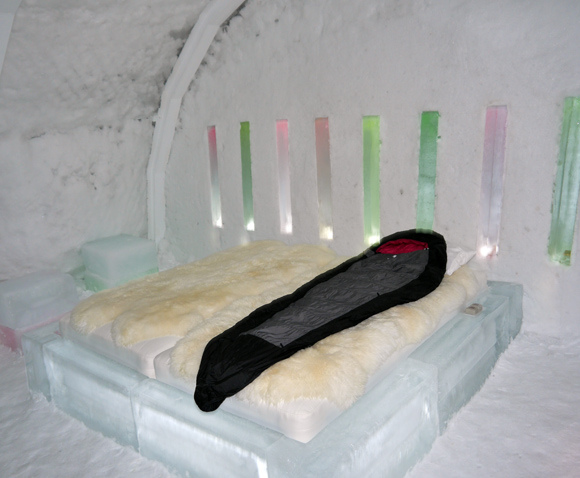
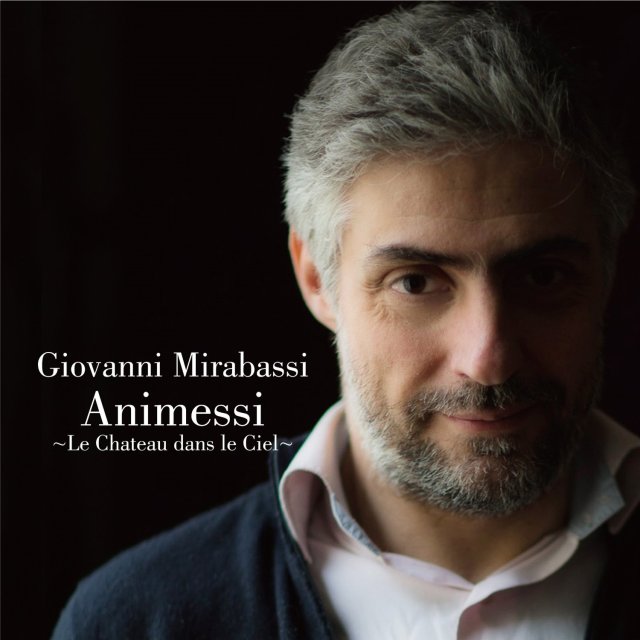

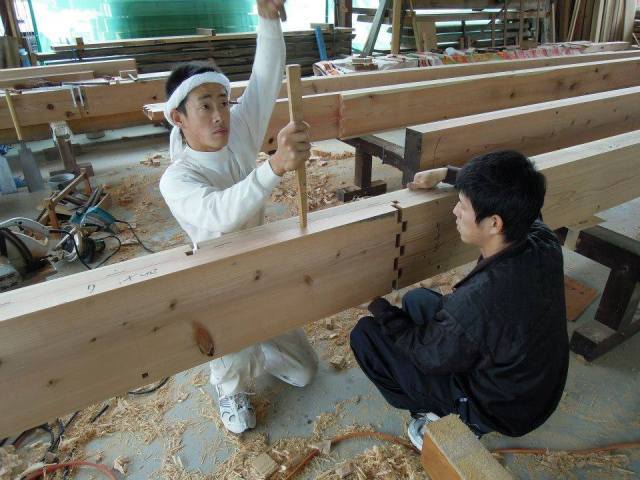

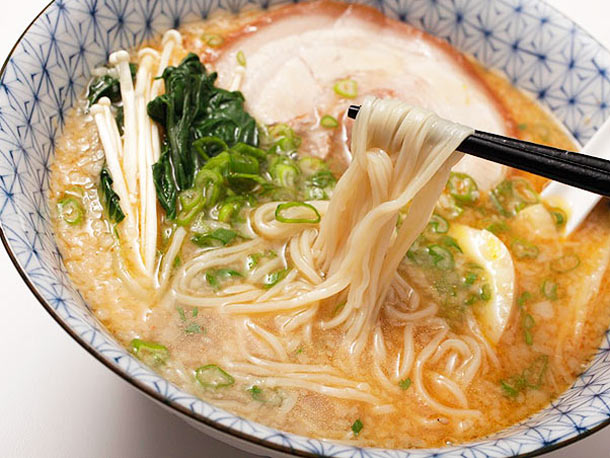
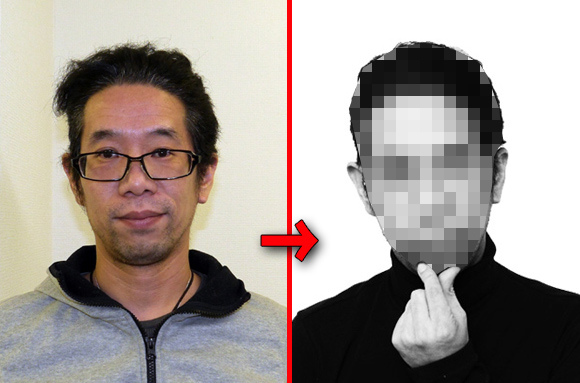
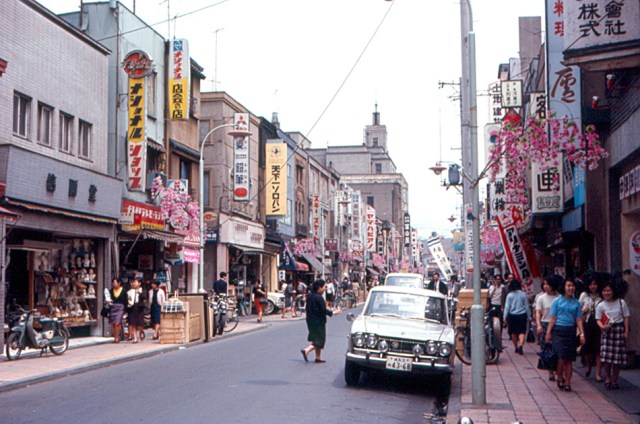
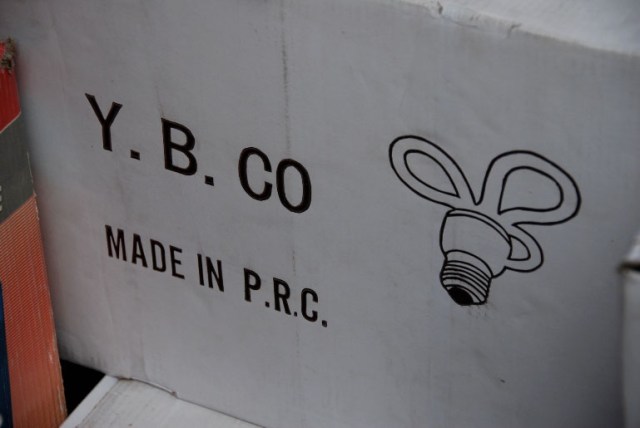


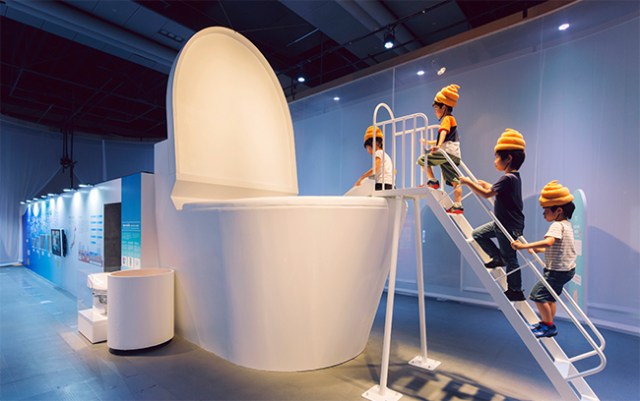


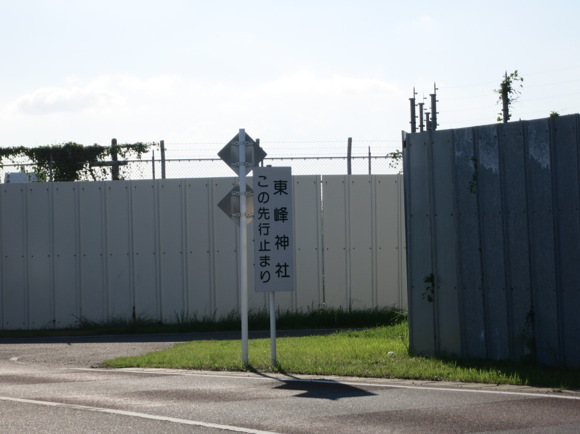
 Japan’s new difficult-to-drink-from beer glass protects your liver, but it’s a brutal experience
Japan’s new difficult-to-drink-from beer glass protects your liver, but it’s a brutal experience How to order snacks on a Shinkansen bullet train in Japan
How to order snacks on a Shinkansen bullet train in Japan New Pokémon ice cream, dessert drinks, and cool merch coming to Baskin-Robbins Japan【Pics】
New Pokémon ice cream, dessert drinks, and cool merch coming to Baskin-Robbins Japan【Pics】 Demon Slayer: Kimetsu no Yaiba gets new roller coaster attractions and food at Universal Studios Japan
Demon Slayer: Kimetsu no Yaiba gets new roller coaster attractions and food at Universal Studios Japan Caffeinated ramen for gamers that you can eat with one hand going on sale in Japan
Caffeinated ramen for gamers that you can eat with one hand going on sale in Japan Burger King Japan suddenly adds Dr. Pepper and Dr. Pepper floats to its menu nationwide
Burger King Japan suddenly adds Dr. Pepper and Dr. Pepper floats to its menu nationwide “The most Delicious Cup Noodle in history” – Japan’s French Cup Noodle wins our heart【Taste test】
“The most Delicious Cup Noodle in history” – Japan’s French Cup Noodle wins our heart【Taste test】 New samurai glasses are Japan’s latest weird must-have souvenir
New samurai glasses are Japan’s latest weird must-have souvenir Doraemon found buried at sea as scene from 1993 anime becomes real life【Photos】
Doraemon found buried at sea as scene from 1993 anime becomes real life【Photos】 Hello, cosmetics! Clinique teams up with Hello Kitty this summer for first-time collaboration
Hello, cosmetics! Clinique teams up with Hello Kitty this summer for first-time collaboration Nintendo history you can feel – Super NES, N64, and GameCube controllers become capsule toys
Nintendo history you can feel – Super NES, N64, and GameCube controllers become capsule toys Starbucks releases a cute Frappuccino and Unicorn Cake…but not in Japan
Starbucks releases a cute Frappuccino and Unicorn Cake…but not in Japan Kyoto Tower mascot termination reveals dark side behind cute Japanese characters
Kyoto Tower mascot termination reveals dark side behind cute Japanese characters McDonald’s Japan’s Soft Twist Tower: A phantom ice cream only sold at select branches
McDonald’s Japan’s Soft Twist Tower: A phantom ice cream only sold at select branches Yabai Ramen: What makes this Japanese ramen so dangerous?
Yabai Ramen: What makes this Japanese ramen so dangerous? Finally! Nintendo Japan expands Switch 8-bit controller sales to everybody, Online member or not
Finally! Nintendo Japan expands Switch 8-bit controller sales to everybody, Online member or not Japanese government wants to build luxury resorts in all national parks for foreign tourists
Japanese government wants to build luxury resorts in all national parks for foreign tourists To combat declining birth rate, Japan to begin offering “Breeding Visas” to foreigners
To combat declining birth rate, Japan to begin offering “Breeding Visas” to foreigners 10 things you should buy at 7-Eleven in Japan
10 things you should buy at 7-Eleven in Japan Studio Ghibli releases anime heroine cosplay dresses that are super comfy to wear
Studio Ghibli releases anime heroine cosplay dresses that are super comfy to wear Woman charged for driving suitcase without a license in Osaka
Woman charged for driving suitcase without a license in Osaka Studio Ghibli unveils My Neighbour Totoro miniature house model
Studio Ghibli unveils My Neighbour Totoro miniature house model Kyoto experiencing problems with foreign tourists not paying for bus fares, but not on purpose
Kyoto experiencing problems with foreign tourists not paying for bus fares, but not on purpose Fighting mild hunger with a Japanese soda that turns into jelly in the stomach【Taste test】
Fighting mild hunger with a Japanese soda that turns into jelly in the stomach【Taste test】 Studio Ghibli’s Howl’s Moving Castle tapestry unveiled in Japan for first time
Studio Ghibli’s Howl’s Moving Castle tapestry unveiled in Japan for first time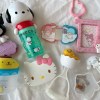 McDonald’s new Happy Meals offer up cute and practical Sanrio lifestyle goods
McDonald’s new Happy Meals offer up cute and practical Sanrio lifestyle goods Sales of Japan’s most convenient train ticket/shopping payment cards suspended indefinitely
Sales of Japan’s most convenient train ticket/shopping payment cards suspended indefinitely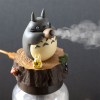 Sold-out Studio Ghibli desktop humidifiers are back so Totoro can help you through the dry season
Sold-out Studio Ghibli desktop humidifiers are back so Totoro can help you through the dry season Japanese government to make first change to romanization spelling rules since the 1950s
Japanese government to make first change to romanization spelling rules since the 1950s Foreigner’s request for help in Tokyo makes us sad for the state of society
Foreigner’s request for help in Tokyo makes us sad for the state of society Ghibli founders Toshio Suzuki and Hayao Miyazaki contribute to Japanese whisky Totoro label design
Ghibli founders Toshio Suzuki and Hayao Miyazaki contribute to Japanese whisky Totoro label design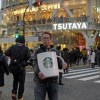 Tokyo’s most famous Starbucks is closed
Tokyo’s most famous Starbucks is closed Princesses, fruits, and blacksmiths: Study reveals the 30 most unusual family names in Japan
Princesses, fruits, and blacksmiths: Study reveals the 30 most unusual family names in Japan Burger King Japan suddenly adds Dr. Pepper and Dr. Pepper floats to its menu nationwide
Burger King Japan suddenly adds Dr. Pepper and Dr. Pepper floats to its menu nationwide “The most Delicious Cup Noodle in history” – Japan’s French Cup Noodle wins our heart【Taste test】
“The most Delicious Cup Noodle in history” – Japan’s French Cup Noodle wins our heart【Taste test】 New samurai glasses are Japan’s latest weird must-have souvenir
New samurai glasses are Japan’s latest weird must-have souvenir Doraemon found buried at sea as scene from 1993 anime becomes real life【Photos】
Doraemon found buried at sea as scene from 1993 anime becomes real life【Photos】 Hello, cosmetics! Clinique teams up with Hello Kitty this summer for first-time collaboration
Hello, cosmetics! Clinique teams up with Hello Kitty this summer for first-time collaboration Princesses, fruits, and blacksmiths: Study reveals the 30 most unusual family names in Japan
Princesses, fruits, and blacksmiths: Study reveals the 30 most unusual family names in Japan New Nintendo Lego kit is a beautiful piece of moving pixel art of Mario and Yoshi【Photos】
New Nintendo Lego kit is a beautiful piece of moving pixel art of Mario and Yoshi【Photos】 Amazing exhibition of Japan’s legendary “cursed katana” is going on right now【Photos】
Amazing exhibition of Japan’s legendary “cursed katana” is going on right now【Photos】 Travis Japan members compete with the best dancers in Japan at Red Bull’s national dance finals
Travis Japan members compete with the best dancers in Japan at Red Bull’s national dance finals 5 reasons why this new 7-Eleven ice cream is amazing
5 reasons why this new 7-Eleven ice cream is amazing Increased tourist numbers in Nara Park are affecting the size of its deer population
Increased tourist numbers in Nara Park are affecting the size of its deer population McDonald’s adds new watermelon frappe and fruity macaron to its menu in Japan
McDonald’s adds new watermelon frappe and fruity macaron to its menu in Japan Does Japan’s “body fat-burning” bottled tea really work? Our 30-day investigation 【RocketScience】
Does Japan’s “body fat-burning” bottled tea really work? Our 30-day investigation 【RocketScience】 Ochanomizu Hotel Shoryukan has the perfect balance of class and convenience for your Tokyo stay
Ochanomizu Hotel Shoryukan has the perfect balance of class and convenience for your Tokyo stay